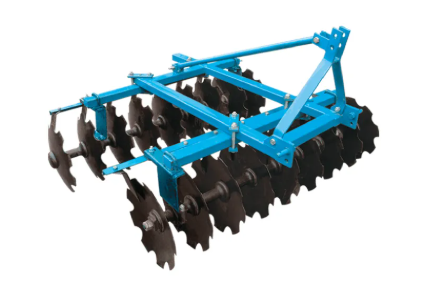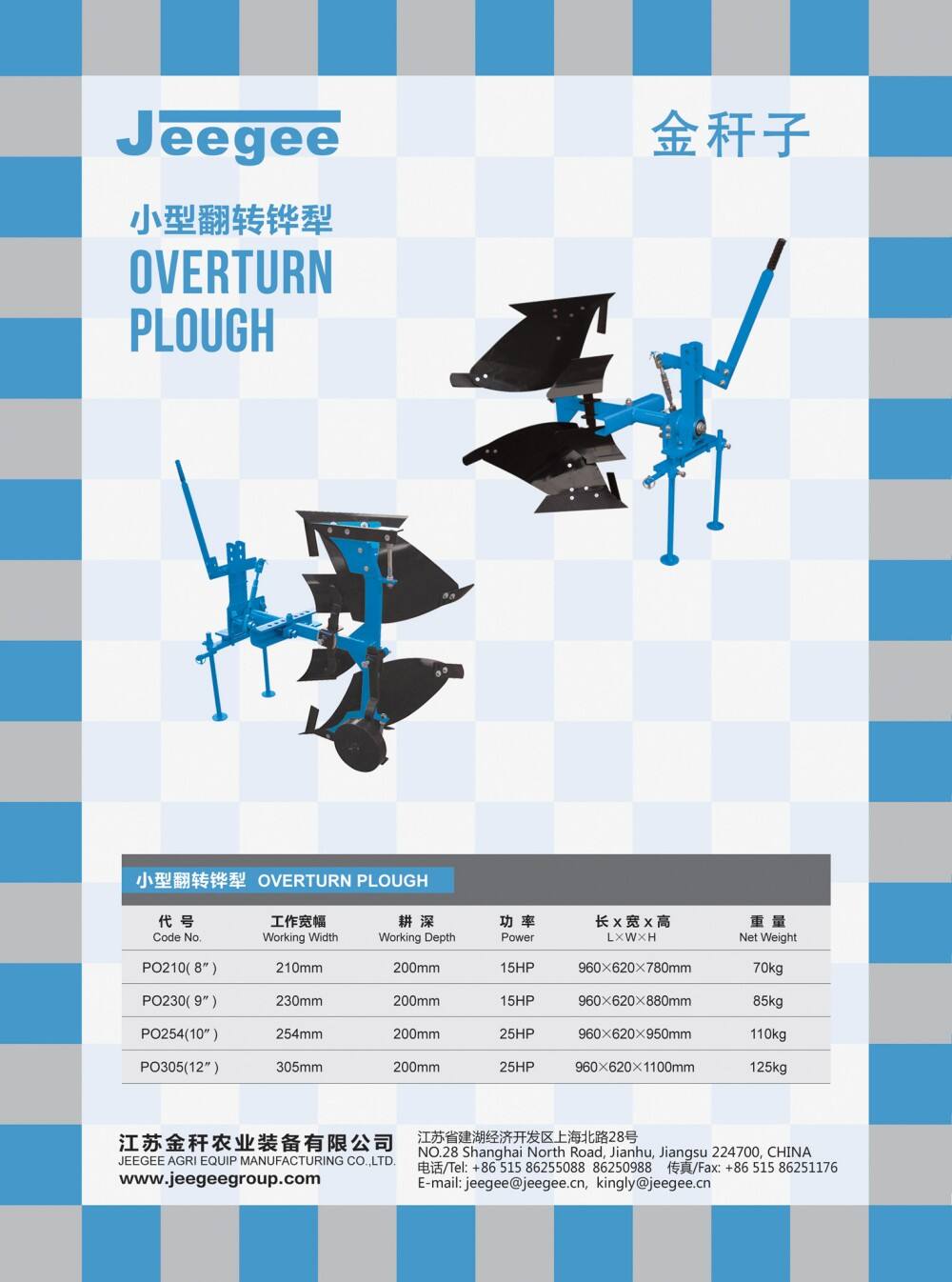Essential Guide to Troubleshooting Agricultural Plough Issues
Agricultural success heavily depends on proper ploughing techniques and equipment maintenance. While ploughs are fundamental tools in farming, they can present various challenges that impact field preparation and crop yield. Understanding common plough problems and their solutions is crucial for maintaining optimal farming operations and ensuring consistent soil cultivation quality.
From mechanical failures to operational difficulties, farmers worldwide face similar challenges with their ploughing equipment. This comprehensive guide explores these issues and provides practical solutions to keep your ploughing operations running smoothly.
Mechanical and Structural Issues
Worn or Damaged Plough Parts
One of the most frequent plough problems involves wear and tear of essential components. Ploughshares, moldboards, and landsides experience significant stress during operation, leading to dulling, bending, or breakage. Regular inspection of these parts is crucial, as worn components can result in uneven furrows and increased fuel consumption.
To address this issue, implement a routine maintenance schedule that includes checking all wearing parts before each ploughing session. Replace worn ploughshares when they've lost more than 25% of their original material. Consider using hardened steel components in highly abrasive soil conditions to extend part longevity.
Loose or Misaligned Components
Vibration and constant soil pressure can cause bolts and fasteners to loosen over time. This leads to poor plough alignment and inconsistent furrow depth. Regular inspection and tightening of all fasteners prevent this common plough problem from developing into more serious issues.
Maintain proper alignment by checking frame straightness and bolt tightness before each use. Use lock washers or thread-locking compounds on crucial fasteners to prevent them from working loose during operation. Consider keeping spare hardware on hand for quick repairs in the field.

Operational Challenges
Inconsistent Ploughing Depth
Maintaining consistent ploughing depth is essential for proper soil preparation. Variations in depth can result from improper adjustment, worn depth wheels, or uneven field conditions. This plough problem affects seed bed preparation and ultimately impacts crop emergence.
To achieve uniform depth, start by ensuring all depth control mechanisms are properly adjusted and maintained. Check wheel bearings and replace worn depth wheels. Consider using GPS guidance systems for more precise depth control, especially in larger fields.
Poor Furrow Formation
Improper furrow formation often stems from incorrect plough setup or unsuitable ground conditions. This can result in poor soil inversion and inadequate burial of crop residue. Understanding soil conditions and proper timing of ploughing operations is crucial for addressing this issue.
Adjust the plough's working angle and depth according to soil conditions. Wait for appropriate soil moisture levels before ploughing. Consider using different types of moldboards for varying soil types and conditions.
Soil-Related Complications
Soil Buildup and Clogging
Soil adhesion to plough surfaces is a common problem, especially in wet or clay-rich soils. This buildup increases draft requirements and reduces ploughing efficiency. Regular cleaning and proper surface treatment can minimize this plough problem.
Apply non-stick coatings to plough surfaces or consider polishing them to reduce soil adhesion. Maintain proper working speeds to help shed soil naturally. In extremely sticky conditions, consider waiting for more favorable soil moisture conditions.
Compaction and Hard Pan Formation
Repeated ploughing at the same depth can create hard pan layers that restrict root growth and water movement. This common plough problem requires specific management strategies to prevent and address.
Vary ploughing depth from year to year to prevent hard pan formation. Consider occasional deep ripping or subsoiling operations. Implement conservation tillage practices where appropriate to improve soil structure.
Power and Traction Issues
Excessive Power Requirements
High power consumption during ploughing operations can result from various factors, including dull components, improper adjustments, or unsuitable soil conditions. This plough problem leads to increased fuel costs and reduced efficiency.
Maintain sharp cutting edges on all components. Adjust working depth and width according to available tractor power. Consider using variable width ploughs to match power requirements to conditions.
Wheel Slip and Poor Traction
Inadequate traction during ploughing operations can result in wheel slip, reduced efficiency, and soil structure damage. This issue is particularly prevalent in wet conditions or when using inadequately ballasted tractors.
Optimize tractor ballasting for ploughing operations. Use appropriate tire inflation pressures and consider dual wheels or tracks in challenging conditions. Match implement size to tractor capability.
Frequently Asked Questions
How often should plough parts be replaced?
The replacement frequency depends on soil conditions and usage intensity. Generally, inspect wearing parts before each ploughing session and replace components when they show 25% wear. In abrasive soils, more frequent replacement may be necessary.
What causes uneven ploughing depth?
Uneven ploughing depth can result from worn depth wheels, improper adjustments, varying soil conditions, or misaligned components. Regular maintenance, proper setup, and attention to field conditions help maintain consistent depth.
How can soil sticking to plough surfaces be prevented?
Prevent soil adhesion by maintaining clean, polished surfaces, using non-stick coatings, and operating at appropriate soil moisture levels. Proper working speed and regular cleaning during operation also help minimize buildup.
When is the best time to perform ploughing operations?
The optimal time for ploughing depends on soil moisture conditions, crop rotation schedule, and local climate patterns. Avoid ploughing when soil is too wet or too dry, and consider seasonal timing that allows for proper weathering of ploughed soil before planting.

